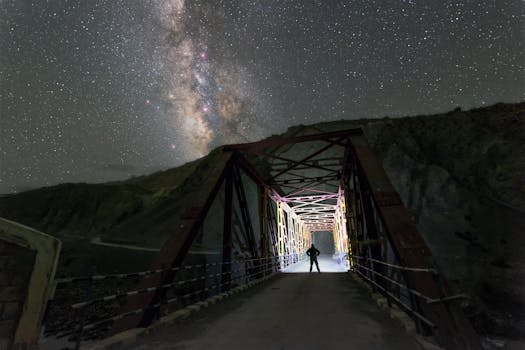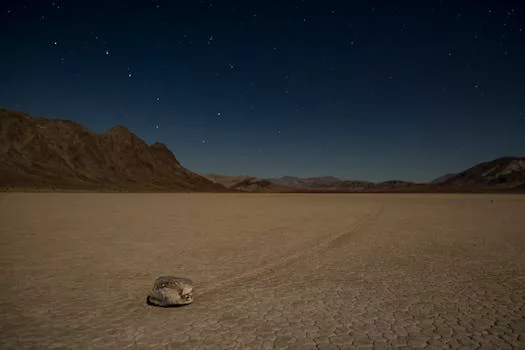
“
Beyond the Milky Way: Imagining New Worlds and Possibilities
Introduction to Space Exploration
Beyond the Milky Way: Imagining New Worlds and Possibilities is an exciting topic that has captured the imagination of people for centuries. The possibility of discovering new worlds and civilizations beyond our galaxy is a tantalizing prospect that has driven human innovation and exploration. With the advancement of technology and space exploration, we are now closer than ever to discovering new worlds and possibilities beyond the Milky Way.
The Milky Way is just one of the billions of galaxies in the observable universe, and each galaxy contains billions of stars and potentially habitable planets. The search for new worlds and possibilities beyond the Milky Way is an ongoing effort that involves scientists, engineers, and theorists from around the world. For more on this topic, check out Charting New Realms: The Journey of Imagination Beyond the Stars.
Advancements in Space Exploration
Recent advancements in space exploration have brought us closer to discovering new worlds and possibilities beyond the Milky Way. The development of powerful telescopes, such as the Hubble Space Telescope and the Kepler Space Telescope, has allowed us to study the universe in greater detail than ever before.
The discovery of exoplanets, which are planets that orbit stars outside of the Milky Way, has also opened up new possibilities for the search for life beyond our galaxy. Many of these exoplanets are believed to be located in the habitable zones of their respective stars, which means that they could potentially support life. To explore more about the imagination surrounding these discoveries, read Galaxies of Dreams: How Imagination Transcends the Night Sky.
Additionally, the development of new propulsion technologies, such as fusion propulsion and antimatter propulsion, could potentially allow us to travel to other galaxies and explore new worlds in person.
Imagining New Worlds and Possibilities
As we continue to explore the universe and discover new worlds and possibilities, we are also forced to imagine what these new worlds might be like. Will they be similar to Earth, or will they be entirely alien and unexpected?
One possibility is that we could discover a planet that is similar to Earth, but with its own unique characteristics and features. This could include a planet with a breathable atmosphere, liquid water, and a stable climate.
Another possibility is that we could discover a planet that is entirely alien and unexpected. This could include a planet with a toxic atmosphere, extreme temperatures, and unusual geological features.
Conclusion and Takeaways
In conclusion, the possibility of discovering new worlds and possibilities beyond the Milky Way is an exciting and tantalizing prospect. With the advancement of technology and space exploration, we are now closer than ever to discovering new worlds and possibilities beyond our galaxy. For a deeper dive into the power of imagination in this context, consider reading Soaring Through the Cosmos: The Power of Imagination Beyond the Stars.
Some takeaways from this article include:
- The search for new worlds and possibilities beyond the Milky Way is an ongoing effort that involves scientists, engineers, and theorists from around the world.
- Recent advancements in space exploration have brought us closer to discovering new worlds and possibilities beyond the Milky Way.
- The discovery of exoplanets and the development of new propulsion technologies could potentially allow us to travel to other galaxies and explore new worlds in person.
- As we continue to explore the universe and discover new worlds and possibilities, we are also forced to imagine what these new worlds might be like.






